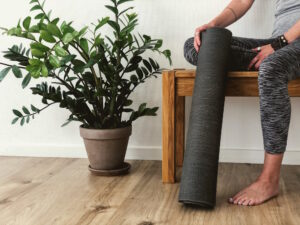
Pilates has gained recognition as an effective method for rehabilitation, helping individuals recover from injuries, manage chronic conditions, and prevent future injuries. With its focus on core strength, alignment, and controlled movements, Pilates provides a safe and supportive environment for rehabilitation purposes. In this article, we will explore how Pilates aids in rehabilitation, discuss the concept of rehabilitative Pilates, and identify specific types of Pilates that specialize in physical therapy and rehabilitation.
How does Pilates help with rehabilitation?
Pilates offers several benefits that make it valuable for rehabilitation. First and foremost, Pilates exercises emphasize core stabilization, which strengthens the deep muscles of the abdomen and back that provide support to the spine. This enhanced core strength can alleviate pain, improve stability, and promote better movement patterns during rehabilitation.
Furthermore, Pilates exercises are low-impact and can be modified to accommodate individuals with varying levels of mobility and fitness. This makes Pilates accessible to people recovering from injuries or managing chronic conditions. The controlled movements and focus on proper alignment in Pilates help individuals regain strength, flexibility, and balance while minimizing the risk of re-injury.
Pilates also promotes body awareness and mindfulness, allowing individuals to develop a better understanding of their movement patterns, posture, and alignment. This self-awareness is crucial during rehabilitation as it enables individuals to identify and correct any compensatory movements or imbalances that may hinder their recovery progress.
What is rehabilitative Pilates?
Rehabilitative Pilates, also known as clinical Pilates, is a specialized form of Pilates that focuses on using the method as a rehabilitative tool. It involves tailoring Pilates exercises and techniques to address specific injuries, conditions, or postural imbalances. Rehabilitative Pilates is often conducted under the guidance of a skilled physical therapist, rehabilitation specialist, or certified Pilates instructor with expertise in rehabilitation.
Rehabilitative Pilates takes a comprehensive approach to address the specific needs of individuals undergoing rehabilitation. It aims to restore functional movement patterns, improve strength and flexibility, enhance postural alignment, and alleviate pain or discomfort associated with injuries or chronic conditions. The exercises in rehabilitative Pilates are carefully selected and modified to suit the individual’s abilities and limitations, ensuring a safe and effective rehabilitation process.
Which type of Pilates specializes in physical therapy & rehabilitation?
Stott Pilates is one of the most recognized and widely used types of Pilates that specializes in physical therapy and rehabilitation. Developed by Moira and Lindsay Merrithew, Stott Pilates places a strong emphasis on anatomical alignment and contemporary principles of exercise science. It integrates modifications and variations of traditional Pilates exercises to cater to individuals with different physical conditions and rehabilitation goals.
Stott Pilates incorporates specialized equipment, such as the reformer, Cadillac, and stability chair, which offer a wide range of exercise options for rehabilitation purposes. These equipment provide support, resistance, and assistance, allowing individuals to perform exercises with proper alignment and controlled movements.
In addition to Stott Pilates, other types of Pilates that focus on physical therapy and rehabilitation include Polestar Pilates, Fletcher Pilates, and BASI Pilates. These approaches share a common goal of utilizing Pilates as a therapeutic tool to aid in rehabilitation and promote overall well-being.
Pilates is a valuable tool for rehabilitation, offering benefits such as core strengthening, improved alignment, and controlled movements. Rehabilitative Pilates, also known as clinical Pilates, is a specialized form of the method that tailors exercises to address specific injuries or conditions. Stott Pilates, along with other types such as Polestar Pilates, Fletcher Pilates, and BASI Pilates, specializes in physical therapy and rehabilitation. These approaches focus on anatomical alignment, contemporary exercise science principles, and the use of specialized equipment to support individuals in their rehabilitation journey. Pilates for rehabilitation provides a safe and effective means of healing, injury prevention, and regaining functional movement patterns.
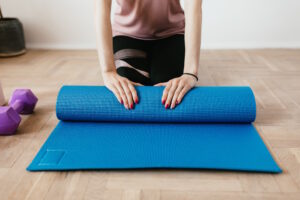

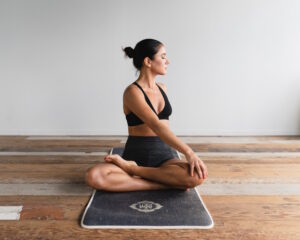
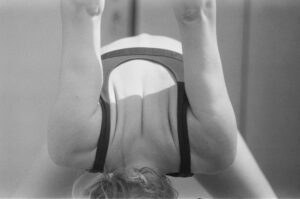
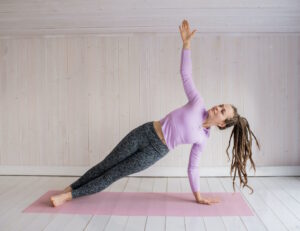
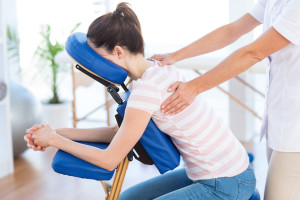 Physiotherapy is offered by trained as well as regulated practitioners known as physiotherapists. They normally do their work as part of a multi-disciplinary crew in various places of work such as hospitals, sports teams among others. There are physiotherapists whose work is to improve the safety and health of employees for them to do their jobs effectively and efficiently. These physiotherapists are known as
Physiotherapy is offered by trained as well as regulated practitioners known as physiotherapists. They normally do their work as part of a multi-disciplinary crew in various places of work such as hospitals, sports teams among others. There are physiotherapists whose work is to improve the safety and health of employees for them to do their jobs effectively and efficiently. These physiotherapists are known as 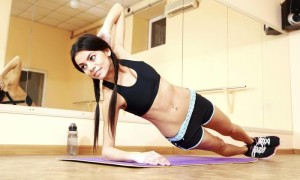
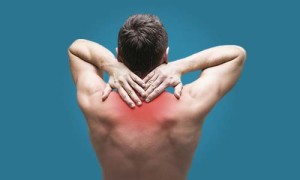
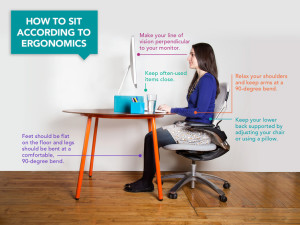 According to a study conducted in 2013 neck, back and muscle complications, collectively known as musculoskeletal complications, resulted in loss of over 31 million working days. Such conditions affecting the spinal cord are in fact listed as the number one reason why many people stay absent from work. Surprisingly, the numbers are bigger when it comes to office workers than manual ones. Such numbers can reduce if office workers ensure the
According to a study conducted in 2013 neck, back and muscle complications, collectively known as musculoskeletal complications, resulted in loss of over 31 million working days. Such conditions affecting the spinal cord are in fact listed as the number one reason why many people stay absent from work. Surprisingly, the numbers are bigger when it comes to office workers than manual ones. Such numbers can reduce if office workers ensure the